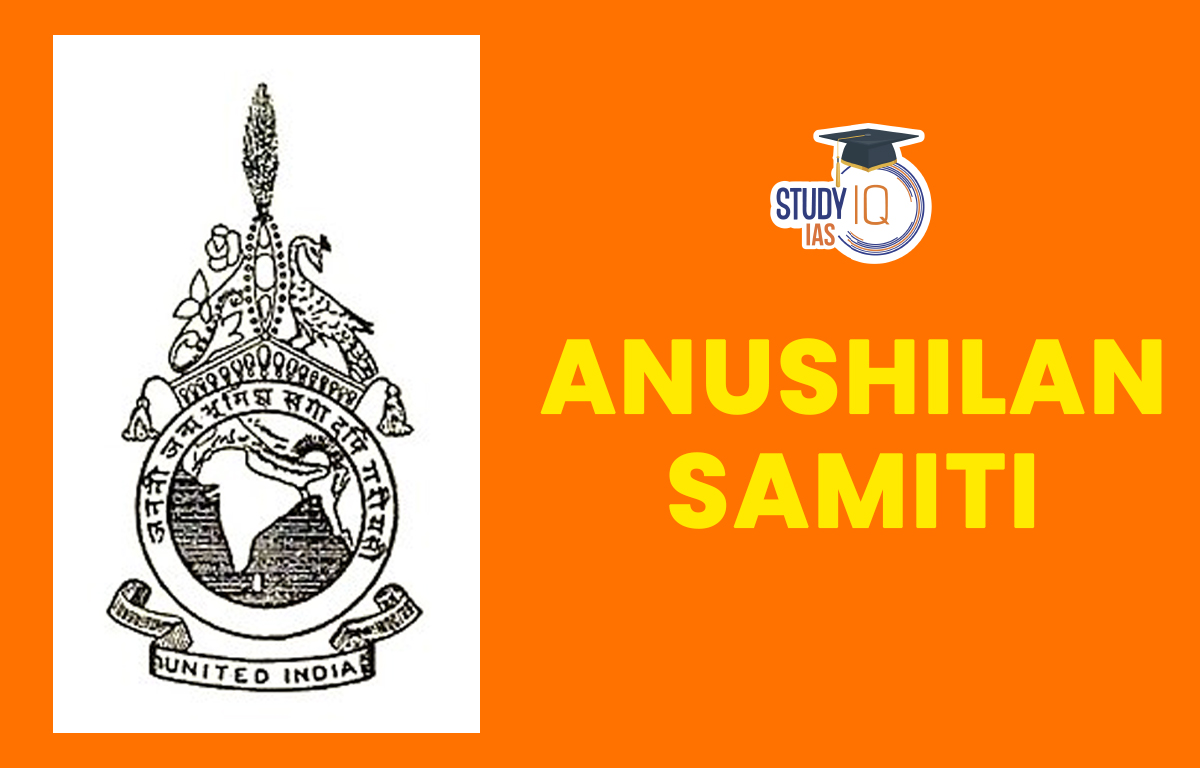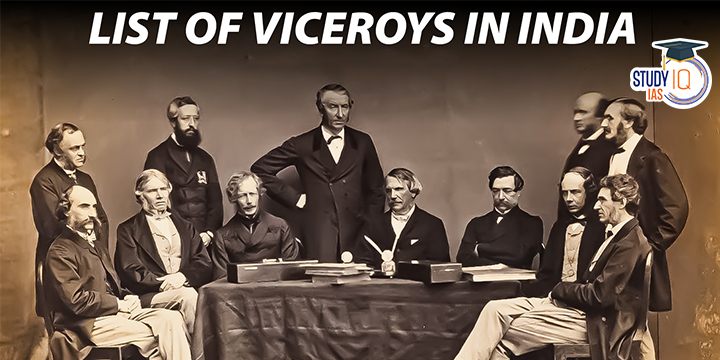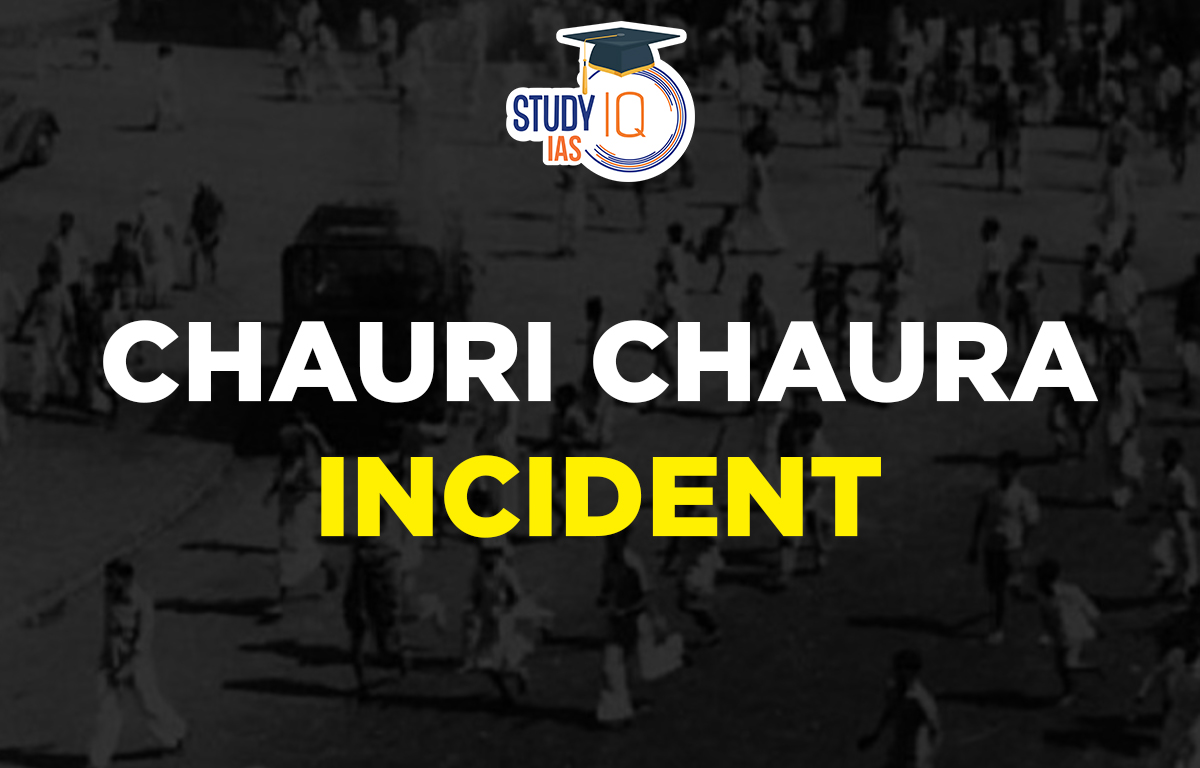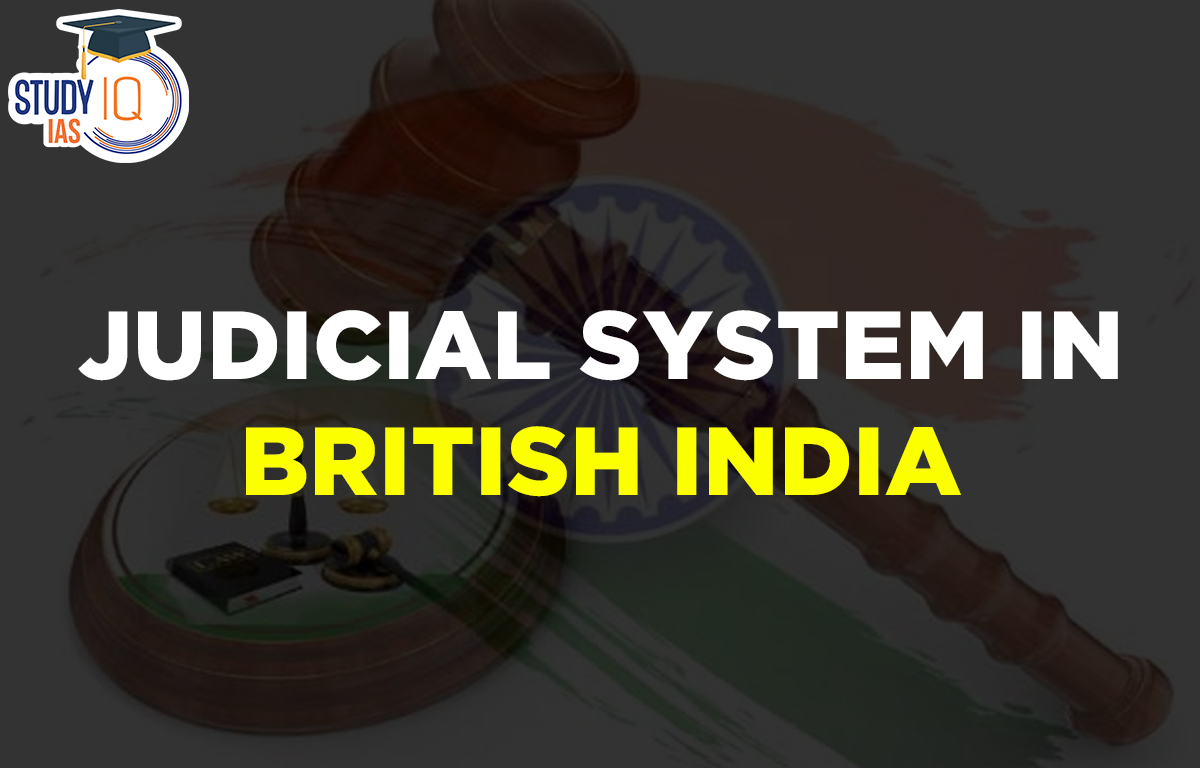Communist Movement in India The Communist Movement in India was established following the second Commintern Conference by M.N. Roy, Abani Mukherji, and others. It was established in Tashkent in 1920. (now the capital of Uzbekistan). The first chosen Commintern leader was M.N. Roy. Parties for workers and peasantry proliferated across the nation, disseminating Marxist and …
Continue reading “Communist Movement in India History, Objective, Cases & Impact”




























